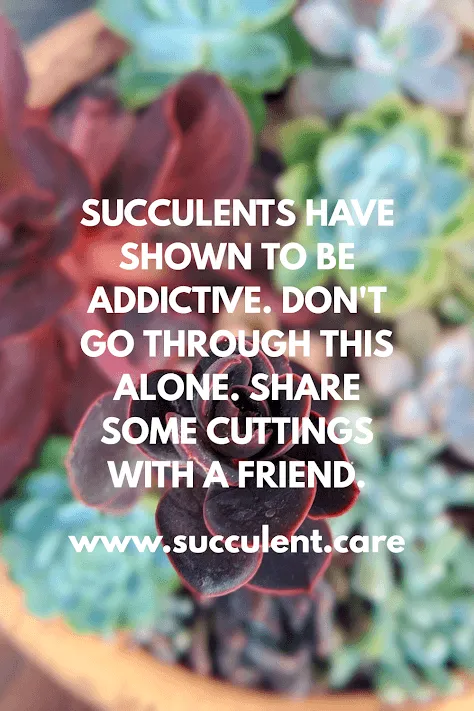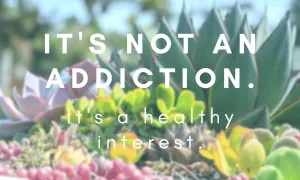Sempervivum Care Guide & Identification Cards
Sempervivum are a genus of cold hardy, rosette-shaped, monocarpic succulents. They are commonly known as “Hen and Chicks” and come in a wide variety of colors. Scroll through the identification pages below and learn how to give your sempervivum the care they need to thrive.
Sempervivum Care Guide
Sempervivum come from cold, mountainous climates and are cold hardy down to USDA Zone 5 or about -20°F in the winter. A layer of snow in the winter will actually protect them.
Like most succulents, Sempervivum prefer a very gritty, mostly inorganic soil mix. Their natural habitat is quite rocky, so be sure to add lots of inorganic material like pumice or chicken grit to your soil.
Sempervivum need full sun to bright shade. However, they do not tolerate much heat as they are naturally alpine plants that grow in mountainous regions at high elevations and will need protection from the sun whenever the temperature goes above 85°F.
Read more: Succulent Light Guide
Water Sempervivum as you would most other succulents with the ‘Drench and Dry’ method, letting the soil dry out in between waterings. Water less in the winter and more in the summer.
When do sempervivum need fertilizer?
Since Sempervivum come from such rocky, mountainous regions, their soil is pretty nutrient poor so you don’t really need to fertilize them at all. If you do, choose a fertilizer low in nitrogen and fertilize in the spring to encourage more growth.
Sempervivum can be propagated by dividing the clumps, planting offsets and grown by seed. They do not propagate by their leaves.
Read more: The Ultimate Propagation Guide
Sempervivum can become victim to mealy bugs, but the biggest problem I see with them is crown rot from overwatering.
Can Sempervivum be grown indoors?
Sempervivum do not do well as indoor plants. They need much more light than the sunniest window can provide. Strong grow lights may help.
Sempervivum are not toxic plants.
See more about which succulents are toxic here.
Sempervivum are usually tightly packed rosettes. Leaf texture ranges from glossy to something that resembles cobwebs. Their leaf edges typically have small hairs called cilia which give it a rough texture.
The word Sempervivum translates to always/forever alive.
Yes, all Sempervivum are monocarpic succulents meaning they will only bloom once and die after that. Before they die, they usually produce many pups/offsets though. Blooming usually occurs late in the summer. It will look like your Sempervivum is growing tall at first, but it is actually in bloom.
Sempervivum growing season is during the spring and summer. You will need to water them more regularly during this time. Learn more about Succulent Dormancy here.

Where to Buy Succulents Online
I receive a small commission when you purchase anything through my links.

